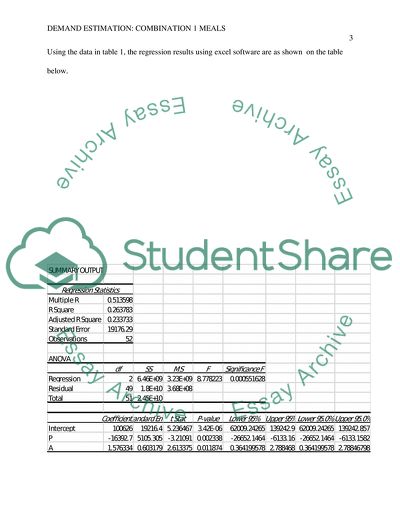Not Found (#404) - StudentShare. https://studentshare.org/macro-microeconomics/1843924-estimating-the-demand-analysis-of-fast-food-meals
Not Found (#404) - StudentShare. https://studentshare.org/macro-microeconomics/1843924-estimating-the-demand-analysis-of-fast-food-meals.


